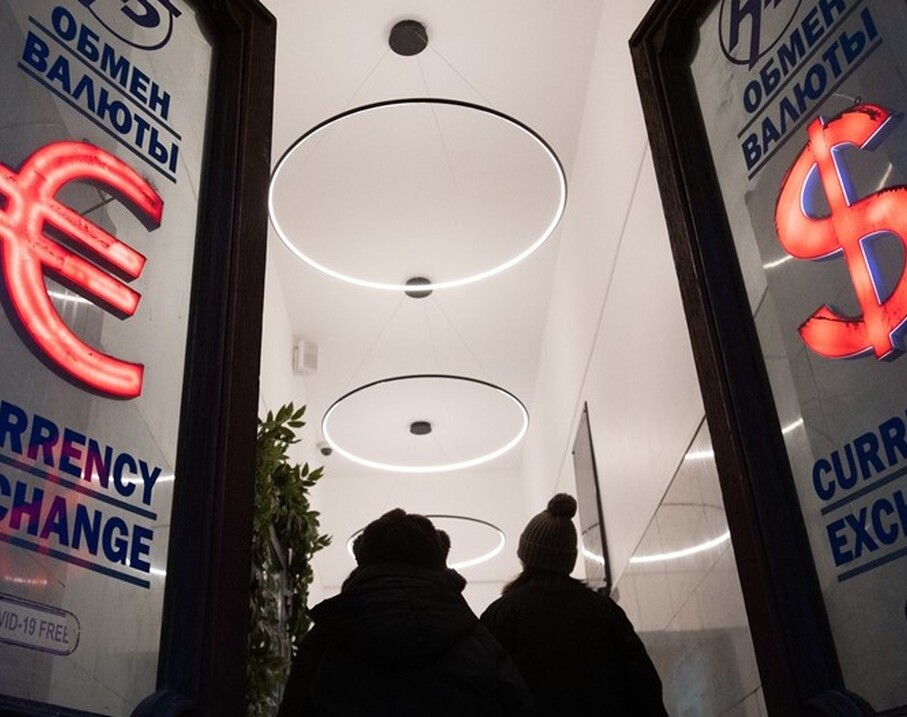
The Russian ruble has shown surprising resilience in early 2025, gaining strength against major currencies like the US dollar and euro. This comes despite ongoing sanctions targeting Russian banks, which had previously caused significant currency fluctuations. Analysts attribute the ruble's recent rise to several factors, including the adaptation of payment systems for energy exports and a seasonal lull in demand for foreign currency.
In November 2024, the ruble faced intense pressure as sanctions disrupted key financial channels. However, by February 2025, the situation stabilized as alternative payment routes were established. Additionally, the post-holiday period saw reduced demand for foreign currency from importers and travelers, further supporting the ruble's position.
On February 6, the Chinese yuan fell below 13 rubles for the first time since September 2024, while the US dollar and euro also weakened significantly. The dollar briefly dropped below 100 rubles on the interbank market, and futures contracts for the dollar traded just above 97 rubles. On the global Forex market, the dollar even dipped to 93.5 rubles at one point.
While the ruble's recent performance is impressive, experts caution that it may be short-lived. The currency's strength is largely driven by temporary factors rather than fundamental economic changes. For instance, a sustained rise in oil prices above $100 per barrel could provide more lasting support, but this scenario remains uncertain.
Another potential catalyst for the ruble could be the resolution of the conflict in Ukraine and the lifting of some sanctions. However, this outcome is also considered unlikely in the near term. Analysts predict that the average dollar exchange rate in 2025 will hover around 104.7 rubles, slightly higher than earlier forecasts.
The ruble's current trajectory is fragile, with new tourist and consumer seasons likely to increase demand for foreign currency. On February 6, after a morning dip, exchange rates rebounded by 2.5-3% by evening, signaling potential volatility ahead. Without significant changes in the economic landscape, the ruble's recent gains could quickly reverse.
In summary, while the ruble's recent strength is notable, it remains vulnerable to external pressures and seasonal fluctuations. Investors and businesses should prepare for potential shifts in the currency market as the year progresses.

















